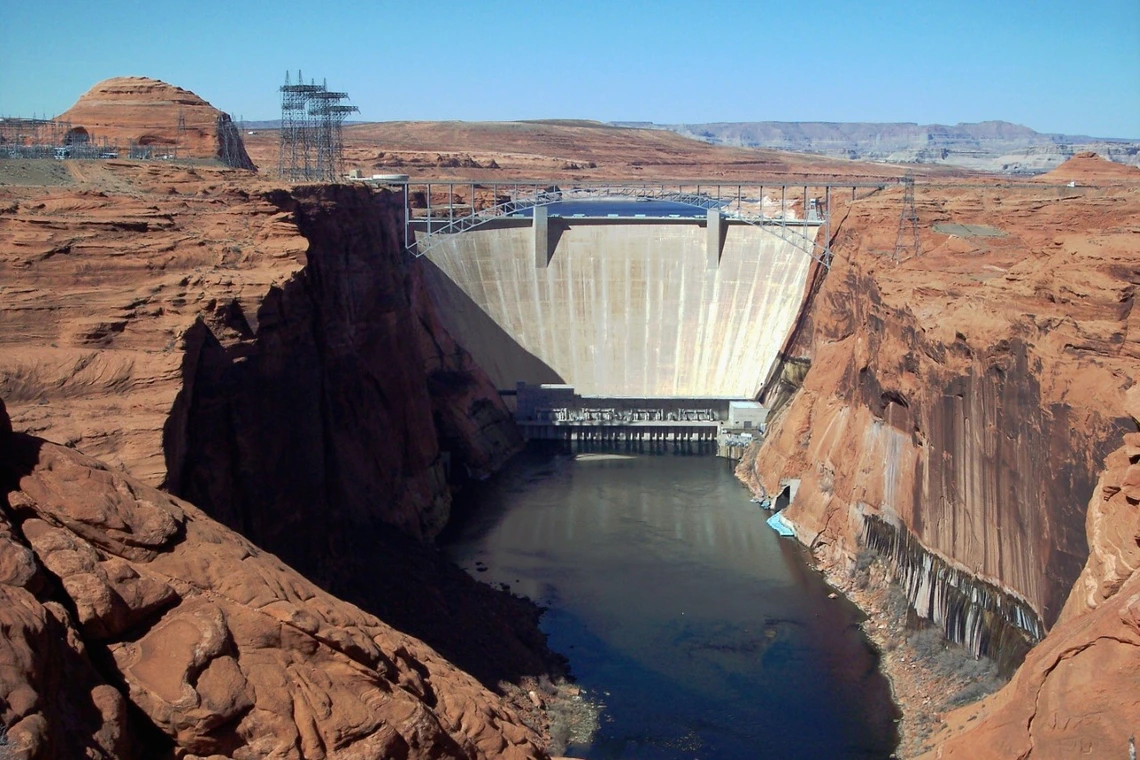Digging Deep in to Dam Construction
April 17, 2020
Image

In June, APW educators will deliver the Colorado River Watershed Teacher Academy online through a combination of direct live instruction, small group discussions, video, recorded PowerPoint presentations, reading assignments, and some self-directed activities. APW will focus on Glen Canyon Dam's construction in the context of the massive seven-state Colorado River management system. In the meantime, thanks to a recently published article in the Arizona Daily Star, we have a chance to dig a little deeper into the subject right now.
Dams are built to control water flow from rivers and provide a reservoir to store water for community use, such as drinking water and irrigation. Glen Canyon Dam is a 700 ft. high, concrete-arch gravity dam, and serves as a water supply reservoir.
How does a dam of this magnitude get its strength, especially when saturated? Natural pozzolans (natural forms of silicate mineral), added to concrete, have served as a building material in Arizona for many decades to strengthen dams and build bridges. The addition of pozzolan to concrete reduces permeability and enables dams and canal linings to be more watertight and less prone to deterioration over time. Pozzolan, mined north of Flagstaff, was used in the construction of the Glen Canyon Dam. The use of natural pozzolans is also an environmentally friendly approach to dam building, reducing CO2 emissions and greenhouse gasses up to 50% in the production of cement.

